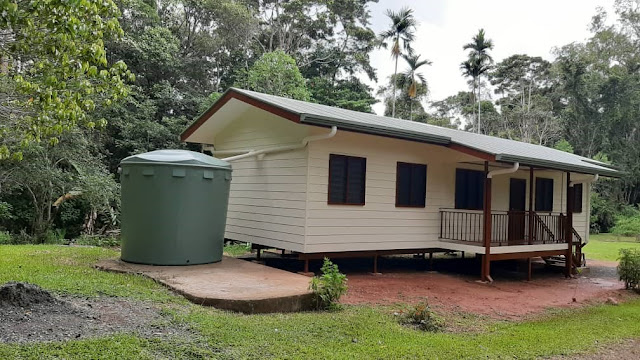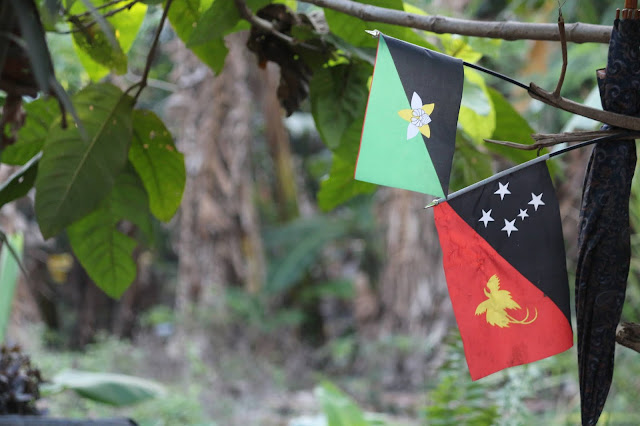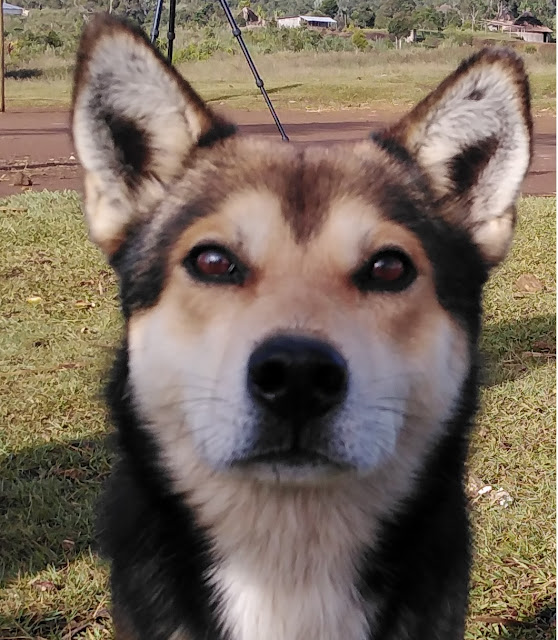Covid-19 Pandemic has greatly hit tourism industry harder and as a result some of the prominent airlines companies around the world have scaled down resources or ceased to operate making tourism industry very difficult to recover quickly.
However, there is chances of rebuilding resilience domestic tourism products that will trigger the growth domestically and connect with the world's phase into the recovery road for tourism to get into the usual momentum.
When looking into the tourism products in the Pacific's Small Island Nations comparing to PNG's own unique tourism products, we have unexplored places at 60% above to amaze and awe ourselves or even repeat international visitors whilst Pacific Islands countries have oversold their tourism products ever since it became their economic sector, (eg. same places, cultures and products are repeatedly sold).
PNG is an exceptionally unexplored paradise with its diverse and unique landscapes from coastal low land scenery made of savannah, swamps, deltas, network of rivers and tributaries, remote atoll islands, isolated white sandy beaches, warm crystal sea with diverse marine biodiversity to cooler Highlands covered with forests of many different types, the home to many unique species of flora and fauna.
Local cultures and traditions are fascinating as they are all linked to natural habitats of each societies with tribes and clans that can speak two or more of the 800 different languages spoken in the country.
Imagine visiting a village and travel another 100km and you see different settings of the environment, the people and their lifestyle, cultures and traditions also differs. This is bewildering amazement in its relatively purest form that can never be found anywhere in the world.
If diversity is a meaning to be explained with realities in life, PNG fits the meaning practically and dictionaries would run out of adjectives to explain the diversity of PNG's fascinating beauty.
PNG appears small in the map for the world but we trek, sail, fly, ride from one place to another place (province to province or districts to villages) for hours and days but we still call it one country - Papua New Guinea with unexplored terrains and trenches off or on the shores of the nation.
There are legends of our mountains, rivers, lakes, valleys, animals and plants which the life of our ancestors are connected to and those are our values that defines our tribalism, heritage and dignities which portrays; we belong to a country with societies knitted in keen-ships or widely the Melanesian Way suits best.
Tourism definitely have lot more to offer to the world market to attract the world into PNG but there's always bias promotions on PNG by regional tourism organizations and international perceptions by our destinations market competitors and racism over PNG by some destination competing countries that have placed PNG tourism on the opposite page to the realm of the occult.
We do not need aggressive or expensive marketing campaigns and techniques to draw more competitions attention with other destinations in the Pacific to attract and increase tourism arrivals. Each provinces in PNG got all those various kinds of tourism products that are 100% unique and able to create interest and draw the attentions of the world for the fact that some of the tourism products have the features that are beyond UN heritage listing and wonders of the world.
Respective districts and provinces in PNG have the chances now to create what it needs to be a center of tourism attraction and flood the social media platform and ensure it is more than the reality with added features and amenities.
Make PNG visit your unique place (province, district or village) before the world comes to you whenever the tourism gates will be opened.
Now is the time, the tourism resource owners of PNG need to take ownership of their own tourism resources and built resilience strategies to create unique marketing taglines of their tourism products in respective provinces and feature them one at a time on the social media platforms with packages that are suitable for PNG people until it matures and diversification strategy is adapted to accommodate overseas tourism.
Have you seen it all ? - a question PNG citizens need to ask themselves to see PNG first or create a tourism product that will create interest for people to see PNG. Both are practically optional answers whereby someone can consider to see places in PNG with curiosity and interest or create one for others to visit and see for themselves.
If Phuket is in a rebellious conflict area with religious clashes are frequent due to various religious ethnic groups and community that is under strict bylaws of Thailand whilst Bali is in Indonesia where Muslim law is harsh and terrorist attacks on tourists or night clubs is predominant target.
But why tourists still love these places ?
In PNG, we do have social issues that are no different to those that exists anywhere in the world with exception to the promised Heaven in the Bible, then why not a province or district in PNG can promote one unique product to draw world attention and make the world forget the negative images of PNG and make believe that such do exists in PNG to be the center of attraction (?)
It can be in New Ireland, Buka, Manus, Alotau, Sepiks, Rabaul, Kimbe, Lae, Madang or be it in Mt. Hagen for a lavish holiday, party hard capital, lost in cooler paradise mountain jungles or intentional castaway on isolated islands, accustomed to rare customs, indulge in nature, get it tanned and sun-kissed on the tropical beaches near to equator and see the glorious sunrise and invariant equatorial sunsets or sleep under the full moon with twinkling stars on a hammock like never experienced anywhere in the world.
We've got what it takes to be the destination leader in the Pacific and capable of drawing the attention of the world tourism!
The tourism products PNG have to offer to the world is more than Phuket and Bali can offer. It is not just a name with an attractive branding but everything that would worth the money for an avid traveler or one that seeks holiday out in the tropics and expect the unexpected in paradise - more than what a tourist ever wanted and dreamt of in a holiday to tropical paradise.
For PNG tourism industry, we do not need a magic or uncover a complicated theory in tourism, we have tourism in our bloodline with the Melanesian Way dating back to trades and bather systems our ancestors have practiced years ago. And now we know that; tourism is everyone's business and local people owns most of the resources that need their own contributions and efforts to make it a reality with the support of the local authorities on the ground - let the word potential get off the picture and get on with reality one at a time locally and get it going globally.
We need to start it somewhere and create our own interests domestically and then draw the attention of the world tourism into PNG and not necessarily for tourism product locations to feature a country but a place of thousand tribes as province or district to make an international center of attraction and make tourists forget a country PNG.
If tourism is the 1st economical income generator for nations like Samoa, Fiji, Tonga, Vanuatu, Cook Islands, etc. For PNG, its definitely a catalyst for livelihood sustainability of the people and economic booster for families at both urban and rural communities. An eminent bottom up approach for economic development, for the fact that most of the unique tourism products in PNG are rurally based and own by the communities, tribe or clan.
Tourism brings both tangible and intangible services or developments to the nation and communities where tourism products are centered. Its not hard work compared to coffee, copra and cocoa whereby family is too much involved in farming to processing then to the market with unfavorable price fluctuations.
Tourism is different because it involves anyone and everyone by connecting the communities to the world as well as connects all the business sectors and improves living standards. Obviously a boost to the local and national economy which provides employment and income for communities.
We do not need a case study to prove this but need to awaken with reality in tourism for PNG and its people.
Let those responsible leaders and authorities see the oversight of PNG tourism whilst there's always a need of political will power to drive the tourism industry in the respective provinces and electorates.
Political attentions on other economical sector developments are equally important as much as tourism is concerned since its a crosscutting sector that connects every industry and services in the country.
More importantly, tourism is sustainable economy that has it own unique characteristics and those who sees the importance knows the tricks and tips to keep afloat to benefit everyone in the nation and communities despite the challenges like Covid19.
Covid-19 pandemic can be seen as a negative impact on the industry but it has provided a gap to build a resilience tourism industry domestically to find the right trigger points to place PNG as a most targeted destination by tourists to outsmart other regional destinations and bring world attention to PNG.
For other countries, the product development, promotion and marketing could be more theoretical but PNG practically got what its needs to be the tourism destination leader in the region by promoting various unique products one at a time to create interest and attract the world into PNG.
(this article does not represent any views of an organization that I work with or any industry players but are own views of #raonraonpng team)
 |
The new bird-watching shelter at PAU fully funded by PNGTPA and officially commissioned on September, 2020
|



























